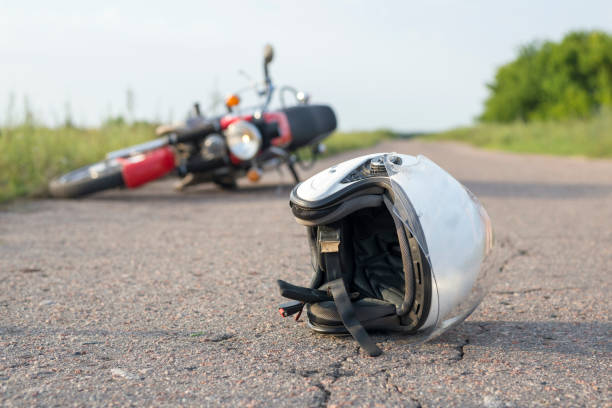Navigating the roads on a motorcycle in low light conditions can be dangerous even for seasoned riders. The combination of reduced visibility and poor lighting conditions can make it challenging to anticipate potential hazards and safely see the road ahead. However, with the appropriate knowledge and skills, it is possible to mitigate these risks and safely traverse the darkened roads.
To help you stay safe on the roads in low-light conditions we have compiled a list of six expert tips to enhance your visibility.
Wear Reflective Clothing When Riding
Making yourself visible is as important as making the road and surrounding area easier to see for you. To enhance your visibility while riding in low light conditions, donning reflective gear is a straightforward yet highly effective measure. Reflective jackets, vests, and helmets can catch the light and make your presence known to other road users. It is advised to opt for clothing that features reflective elements on your back, arms, and legs to maximize visibility from all perspectives. Doing this massively reduces the chances of motorcycle accidents.
Avoid High-Traffic Areas
Minimizing your exposure to high-traffic areas is a smart measure to take when riding in low-light. Even in daylight, riding in high-traffic areas can be precarious, and the risks are compounded during nighttime. Whenever feasible, it is advisable to steer clear of high-traffic areas or peak hours and instead opt for less congested routes or quieter roads that afford a comfortable speed and provide ample time to react to potential hazards.
Upgrade the Lighting on Your Motorcycle
Maintaining proper lighting on your motorcycle is critical for ensuring safe rides, especially during the night or in low-light conditions. If your bike’s lighting system is dim or malfunctioning, it can make it hard to perceive the road ahead and difficult for other road users to see you. To improve visibility, especially in the challenging weather conditions common in Alaska, it is advisable to upgrade your lighting system by installing brighter headlamps, turn signals, and tail lights. Opting for LED lights is a better choice than traditional incandescent lighting as they are brighter and consume less power than other lighting options.
Use Hand Signals to Make Your Intentions Clear
Employing hand signals is a crucial way to communicate with fellow motorists while riding a motorcycle at night or in low-light conditions. In such scenarios, it may be challenging for other drivers to perceive your bike’s turn signals or brake lights, increasing the likelihood of potential hazards. Utilizing hand signals, such as indicating left or right by pointing, can be highly effective in informing other drivers of your intended actions, reducing the risks associated with poor visibility.
Motorcyclists must exercise extra care and attention while riding in low-light conditions. Adhering to these expert tips can significantly enhance visibility and promote safety during nighttime rides. Maintaining vigilance, staying focused, and even keeping your windshield clean can all help mitigate risks associated with reduced visibility.
If you have been involved in a road traffic accident, contact us at Farnsworth & Vance today. Visit our law offices at 2525 Gambell Street #410, Anchorage, AK 99503, or call now for a free consultation on at (907)-290-8980. We can help you get the attention and compensation that you deserve.

